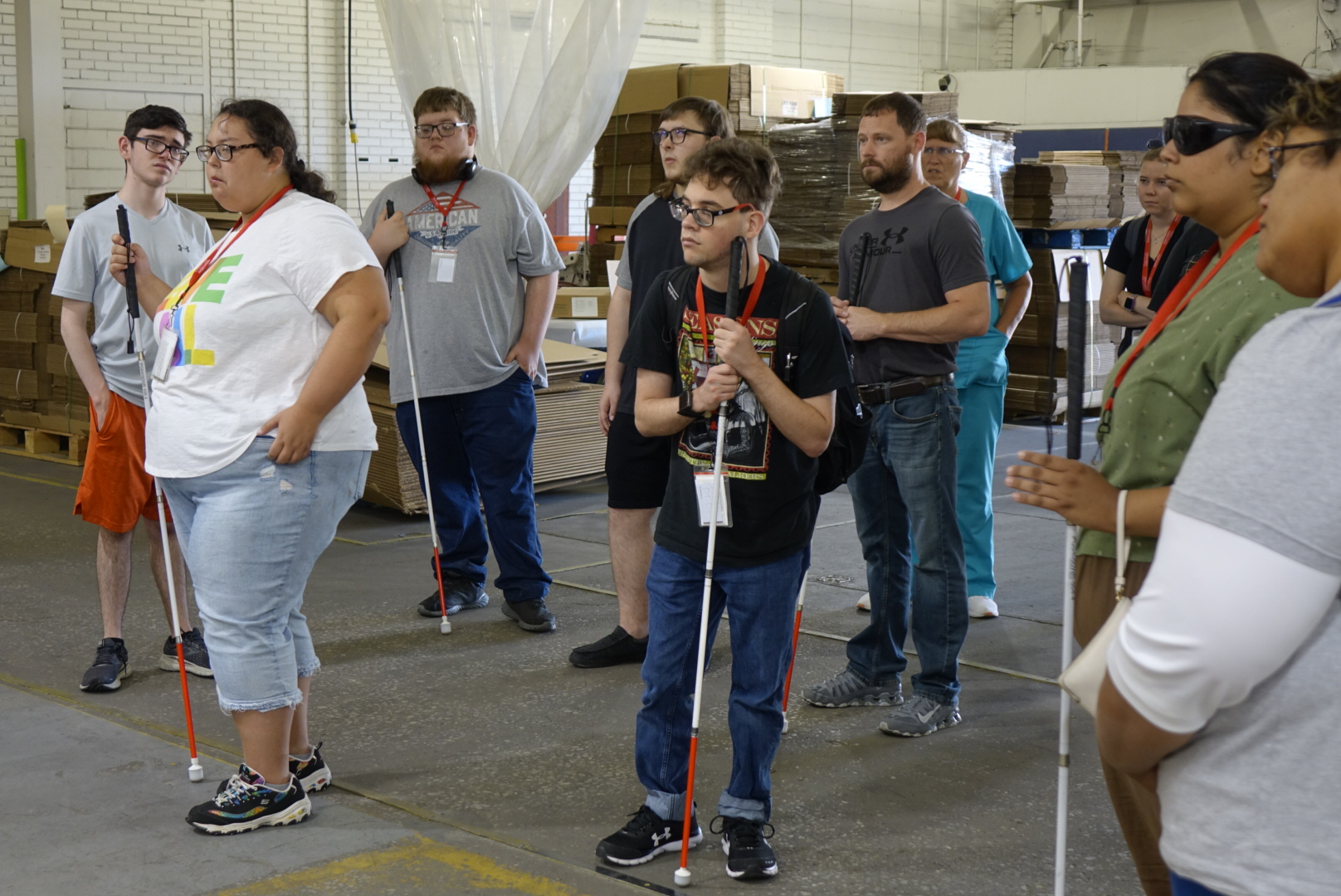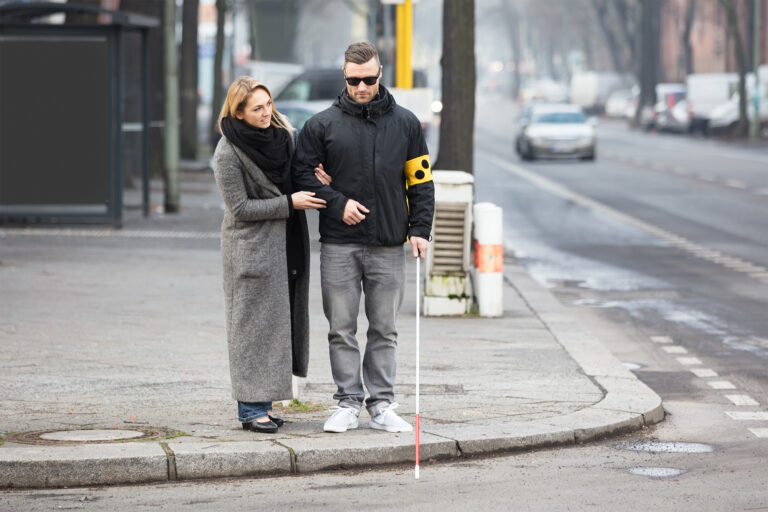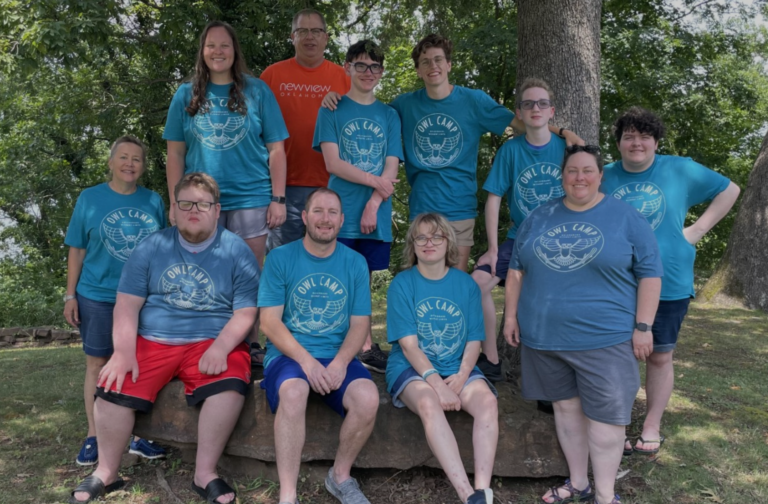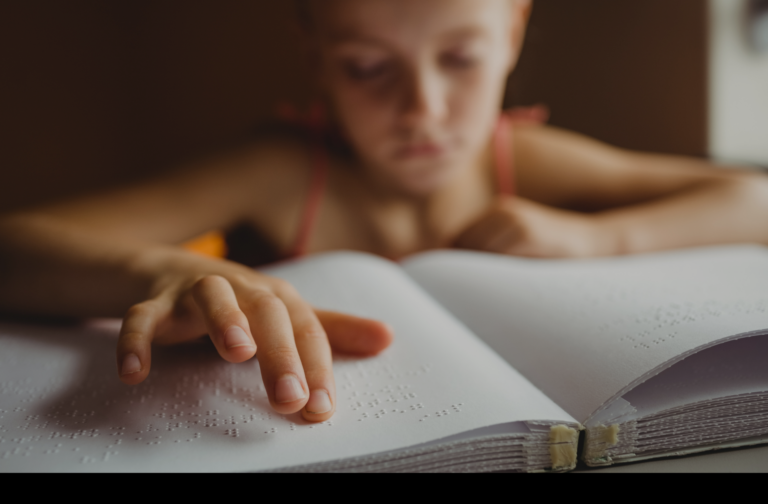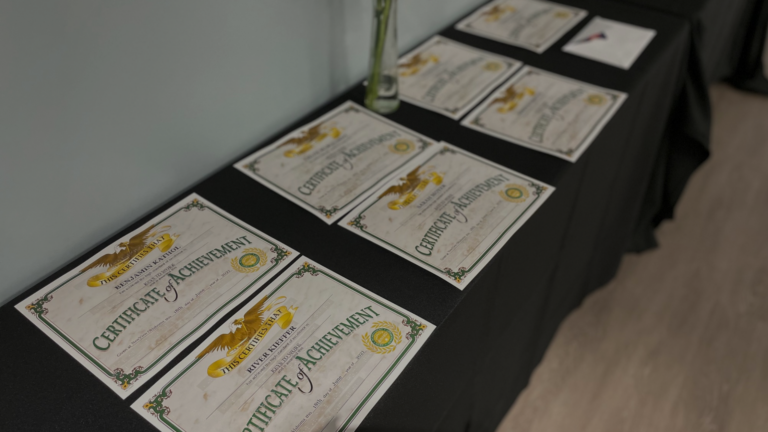What do blind people see? What to know about sight for those with visual impairment
Jacob livesay, usa today
Thank you to Jacob Livesay, former NewView volunteer, for allowing us to share some insight to the world of low vision and blindness. To read Jacob’s article in USA Today, click here.
About 12 million Americans over the age of 40, and almost 3% of those 18 and younger are blind or visually impaired, according to the CDC.
Because of the variety of visual impairments that exist, it’s difficult to generalize about the experiences of the blind and visually impaired. But for those wanting to learn more about the blind community, we spoke with staff members of NewView Oklahoma, a non-profit organization which provides rehabilitation, employment and community programming to the blind and visually impaired in the state of Oklahoma. Here’s what we asked them.
What do blind people see?
According to Ronita Smalley, rehab community outreach manager at NewView Oklahoma, there are two definitions of legal blindness. Someone is legally blind if they have visual acuity in their central vision (the opposite of peripheral vision) of 20/200 or worse in their best corrected eye. Someone is also considered legally blind if they have less than 20 degrees of peripheral vision, which Smalley says would be similar to looking through a paper towel roll.
People who are blind or otherwise visually impaired fall within a wide range of visual acuities, and even most people who are legally blind have some sort of visual perception, Smalley says.
“Blindness is really a spectrum,” says Ashley Howard, NewView’s vice president of marketing and communications.
Just because someone is blind doesn’t mean they are seeing a “solid black curtain,” Smalley says. Many of those who are blind still have light perception, which allows them to see “clouds” of light and can help them orient themselves in different spaces, Smalley says.
Smalley also explains that lighting, contrast levels and more can affect how well the visually impaired can see. For example, a red apple resting on a well-lit, white countertop might be easier to perceive than the same apple on a brown countertop in a poorly lit space.
Smalley emphasizes that visual memory plays an important role in the experience of the blind and visually impaired.
“Typically, people are not blind from birth,” she said, “and some of them still have some visual memory from when they still had some sight.” She says this allows people to form pictures of their surroundings despite vision loss.
But visual memory isn’t perfect and, as such, is not always accurate, Smalley says.
For example, someone who has visual memory of a poodle might map the attributes of a poodle onto other dogs that do not look very similar. But despite its imperfections, Smalley says visual memory can be helpful for orientation and navigation in public and in the home.
What do blind people dream about?
Smalley says visual memory also plays an important role in dreaming. Even if someone is totally blind, they may see objects, places and faces they remember in their dreams.
Smiley also says those who are totally blind still experience visual phenomena in their dreams. “If you haven’t really seen things, your mind just makes up its own pictures,” she explains.
Visual memory is imperfect, but those who are visually impaired can still have an understanding of the spatial layout of the world around them, especially when they’re in familiar spaces like their homes or workplaces, so they can dream about specific places just like everyone else.
Those who are blind can also experience other sensory phenomena in their dreams. Some who are blind report experiencing olfactory and tactile sensations in their sleep, according to the Huffington Post,
But not all blind and visually impaired people report dreaming. “I talk to a lot of people who are totally blind who say that they really don’t have dreams,” Smalley says.
Why do blind people wear sunglasses?
Not all of those who are blind or visually impaired wear sunglasses all the time, but Smalley says there are a few reasons people may choose to wear sunglasses.
Mainly, sunglasses are worn by members of the blind community to protect their eyes. If someone’s visual impairment makes their eyes extra sensitive to light, the sun and bright overhead lighting can be a nuisance or can even further damage their eyesight.
Foreign objects can also cause damage to eyes, especially if you can’t see them coming and it’s important for those with low vision to protect their remaining visual acuity.
Smalley says people who are blind and visually impaired may also wear sunglasses for social reasons.
Smalley doesn’t typically wear sunglasses indoors, but she understands how vision loss or blindness can affect social cues. “Because I have macular degeneration, I look off to the side to be able to see somebody with my peripheral vision, and when I do that, people will look over their shoulder because they think I’m talking to someone behind them,” she said.
Those who don’t want to draw attention to their visual impairment may wear sunglasses to make social interactions less awkward for themselves and others, she said.
How do blind people read?
Braille is how the blind and visually impaired read. Smalley says learning braille is important for those who are visually impaired from a young age.
“Braille is a form of literacy,” she said. “Just like you learned how to spell things with a pencil in kindergarten or first grade, they have to have a way to write things down as well.”
People who lose their vision when they are older don’t have the same sensitivity in their fingers.
“They have a more difficult time actually learning braille,” Smalley says. But for those who were literate at the time they lost their vision, or for those who gained literacy with braille reading and writing, Smalley says there are other options. “There’s so much technology out now that using the audible format is great,” she says.
Computer softwares, such as JAWS, make laptops and desktop computers more accessible to those with visual impairments, and most smartphones have accessibility features. Many mobile apps also offer text-to-speech services for objects in the real world, such as groceries with nutrition labels or street signs.
Because adults who experience vision loss likely already know how to read and write, they might prefer audible options such as screen reader and text-to-speech apps. But Smalley says it’s still important for these people to learn some braille for navigational purposes such as finding bathrooms, hotel rooms, offices in buildings and more.
For those with low vision who read for leisure or want to study up on a particular topic, Smalley recommends libraries that exist for the blind, visually impaired or otherwise physically disabled.
Smalley says NewView typically connects its patients and other community members to the Oklahoma Library for the Blind. The National Library Service for the Blind and Print Disabled also offers reading materials nationwide through its network of libraries and other services.
